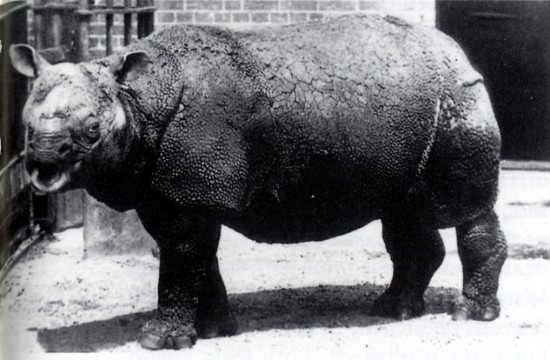Facts About Javan (One-horned) Rhinoceros
The Javan rhinoceros, also known as the Sunda or lesser one-horned rhinoceros, is a critically endangered species from the Rhinocerotidae family. It is one of the smallest among the five extant rhino species. Once widespread across Asia, this majestic animal now only survives in Ujung Kulon National Park in Indonesia, with a population estimated to be between 58 and 61 individuals.
The dramatic decline of the Javan rhinoceros is primarily due to poaching for their horns, which are highly valued in traditional Chinese medicine. Habitat loss from conflict and human encroachment has also played a significant role. Because these rhinos are so rare, researchers often have to use indirect methods like camera traps and fecal sampling to study them. This makes the Javan rhinoceros the least studied of all rhino species.
These rhinos are herbivores, consuming a variety of plants, and they prefer lowland rainforests, grasslands, and floodplains. They are typically solitary, except during mating or when mothers are with their calves. They engage in behaviors like wallowing in mud and marking their territories.
Conservation efforts face many challenges, including poaching, habitat degradation, low genetic diversity, and natural disasters. With only a small population left in one protected area, the species is in a precarious situation. To protect them, strict anti-poaching measures, habitat conservation, and genetic research are crucial.
The Javan rhinoceros is one of the most endangered species on the planet. Its survival depends on ongoing and dedicated conservation efforts to safeguard its remaining population and habitat.

 Cambodia
Cambodia